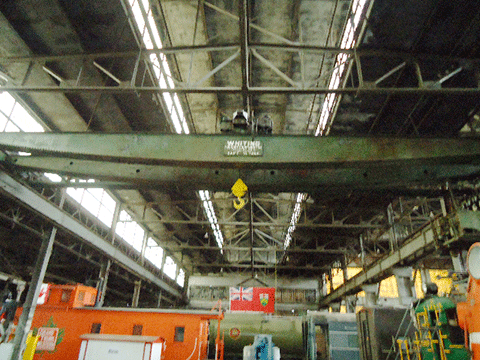Inducted in 2012
In 1884 industry in North America was booming. Railroads were the key in this development as they brought heavy shipments to factories and industrial centers. The Canada Southern Station at this point was only in operation for little over a decade. St. Thomas had become the twenty-first city in Canada and the population was expanding rapidly.
In this year a new company was founded – the Detroit Foundry Equipment Company – by J.H. Whiting. Detroit Foundry Equipment sought to capitalize on the rail traffic passing through Detroit. As the divisional headquarters of the Michigan Central through Canada, considerable traffic was destined to pass through St. Thomas as well. However, due to an increased shift in the American economic center of gravity to the west, Whiting moved his foundry company to Harvey, Illinois, in 1898.
It was here, at this new location, where Whiting designed and built the first three-motor overhead bridge crane. With this development Whiting renamed the foundry the Whiting Foundry Equipment Company.
As the Whiting Company grew so too did the rail industry in St. Thomas. The increase in rail traffic necessitated an increase in rail maintenance. The old CASO Repair Shops, built during the construction of the original complex, passed into technological irrelevance and the Michigan Central Railroad built the new MCR Locomotive Repair Shops in 1913.
Built in the functionalist architectural style, these new shops would feature much industrial advancement. The wood block flooring and the steel window sashes were two examples of this improvement over the previous facility. However, one of the most notable advances was the installation of two Whiting drive cranes. Little more than a decade into their use, Whiting had gained a reputation for dependability and excellence. It was for this reason that the Michigan Central installed the Whiting cranes in their new shops.
The two revolutionary three-motor overhead bridge cranes allowed workers to lift parts of locomotives off their carriages, shift entire trains to different repair areas, and maneuver large pieces of equipment into place with greater ease and efficiency than was hitherto possible.


